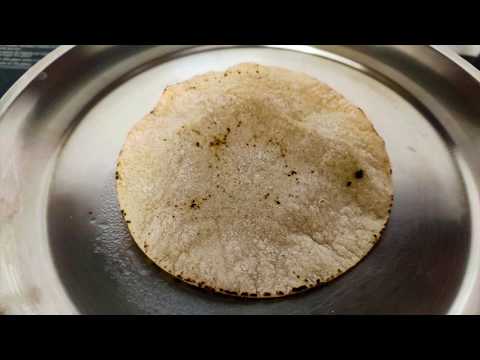Banyard Millet nutritionally too, it is a good source of protein, which is highly digestible and is an excellent source of dietary fibre with a good amount of soluble and insoluble fractions. The carbohydrate content of barnyard millet is low and slowly digestible, which makes the barnyard millet nature’s gift for modern mankind who is engaged in sedentary activities. Hence it can be potentially recommended for patients with cardiovascular disease and diabetes mellitus. Barnyard millet is most effective in reducing blood glucose and lipid levels.
INGREDIENTS:
- Millet flour – 30 g
- Wheat flour – 15 g
- Salt – as per taste
- Oil – 1 tsp
- Water – as required
Instructions
1.In a non stick pan or kadai add the water, add salt, bring it to a boil, simmer it and sprinkle the millet in the water.
2.Using a wooden ladle, keep mixing the dough and cook it.
3.Make sure to keep mixing it so lumps don’t form. After about 3-5 minutes, the dough will leave the sides and form a ball.
4.When it forms a ball, add a tsp of oil, turn off the heat and take it out on a plate.
5.Cover with a towel and let cool until lukewarm and you can handle it.
6.After about 5 minutes, knead the dough for 2 minutes. Make equal portions of the dough.
7.Using a good amount of the millet flour, roll the roti. This will be a little delicate, so make sure not to press it too hard. Heat a non stick griddle. Keep it on high.
8.Carefully place a roti on the griddle. Using damp cloth, you could press the roti for it to puff. Alternatively, cook the roti for a minute on each side and transfer it to direct flame for about 30 seconds for it to puff and get the char.
9.Take it out and slather some ghee over it. Wrap well and it stays great for two days.Post


